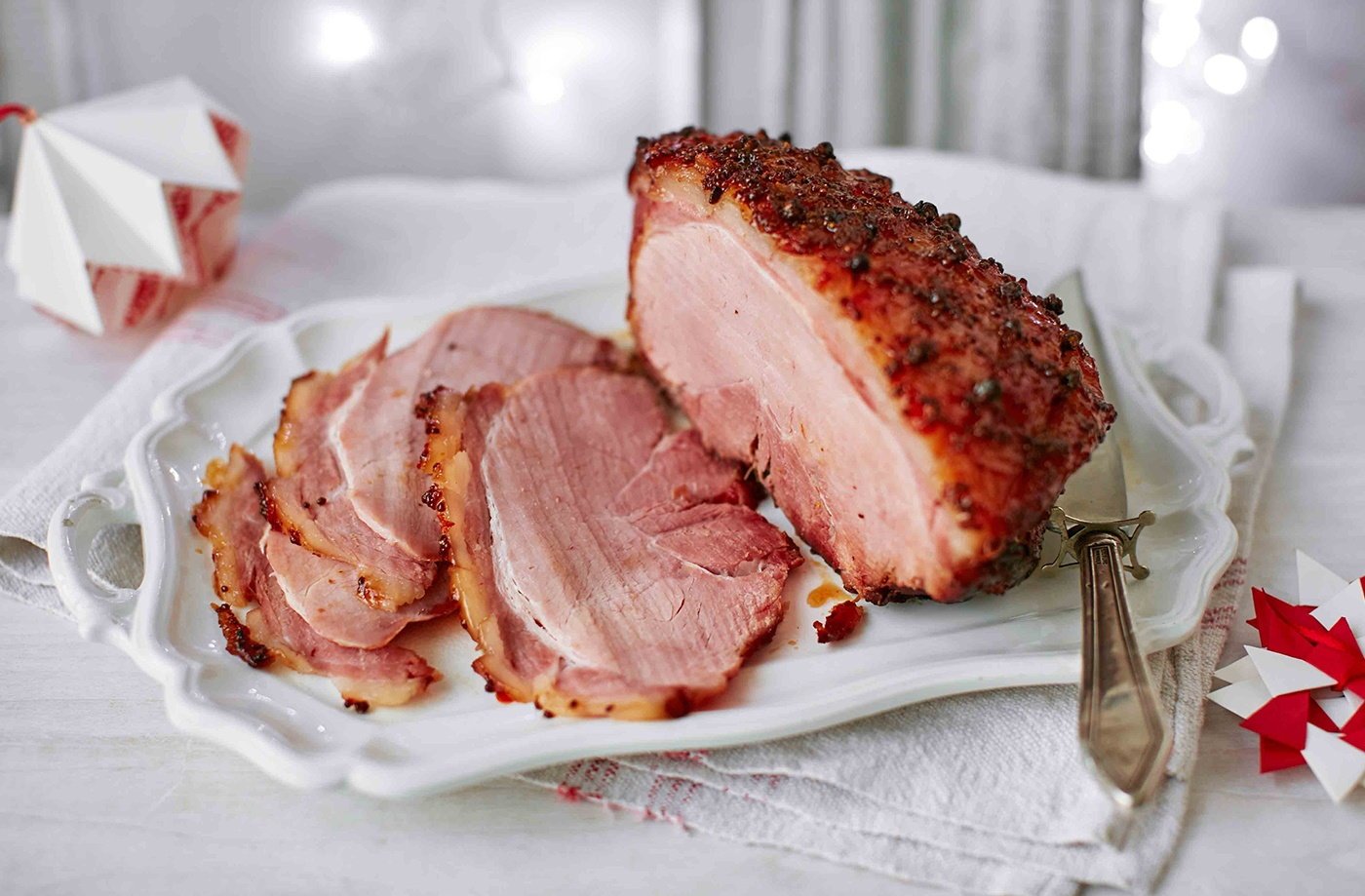How to
How To Cook Gammon

Cooking gammon, a cured ham that is either smoked or unsmoked, is a culinary tradition cherished by many, particularly during festive seasons. This delicious cut of pork, when cooked correctly, can be the centerpiece of any meal, offering a succulent and flavorful experience. This guide aims to demystify the process of cooking gammon, ensuring that even novices can produce a dish that is both delectable and visually appealing.
Selecting the Perfect Gammon
The journey to a perfect gammon dish begins with selecting the right cut. Gammon comes in various forms – from bone-in to boneless, and from smoked to unsmoked. The choice largely depends on personal preference and the desired final flavor profile. Bone-in gammons tend to retain more moisture during cooking, leading to a juicier result, while boneless cuts are easier to carve. Smoked gammon offers a robust flavor, while unsmoked gammon provides a subtler taste, allowing for more versatility in seasoning.
Preparation: The First Step to Perfection
Before cooking, gammon often requires some preparation, primarily to reduce its saltiness, a result of the curing process. This typically involves soaking the gammon in cold water for up to 24 hours, changing the water every few hours. Some cooks prefer to skip this step, especially if they enjoy a saltier flavor or if the gammon is labeled as “mild-cured.” After soaking, pat the gammon dry and trim any excess fat, though leaving a thin layer can help keep the meat moist and add flavor during cooking.
Cooking Techniques Explored
Boiling: A Traditional Approach
Boiling is one of the most traditional methods for cooking gammon. It involves submerging the gammon in a pot of water or stock, adding aromatics like onions, carrots, and herbs for additional flavor. The key to boiling is to maintain a gentle simmer to ensure the meat remains tender. Once cooked, the gammon can be glazed and briefly roasted to caramelize the exterior, offering a delightful contrast of textures.
Roasting: For a Crisp Exterior
Roasting gammon is another popular method, ideal for those who appreciate a crispy, caramelized outer layer. Begin by scoring the fat in a diamond pattern and, if desired, studding it with cloves for an aromatic touch. Glazing the gammon partway through roasting adds a sweet or savory crust that complements the meat’s savory depth. Common glazes include combinations of honey, mustard, brown sugar, and fruit juices.
Slow Cooking: Effortless and Tender
For those seeking convenience and guaranteed tenderness, slow cooking is an excellent option. This method involves cooking the gammon on a low heat for several hours, either in a slow cooker or a low oven, resulting in meat that is exceptionally moist and flavorsome. The slow cooker also offers the advantage of being largely hands-off, allowing the flavors to meld and intensify over time.
Glazing: The Finishing Touch
Glazing not only adds a burst of flavor but also creates an attractive glossy finish on the gammon. The glaze can be applied during the last 20-30 minutes of cooking, especially when roasting, to prevent it from burning. Ingredients for glazes vary widely, from traditional mixtures like honey and mustard to more creative concoctions involving coffee, cola, or maple syrup. The choice of glaze can be tailored to complement the side dishes or the overall theme of the meal.
Carving and Serving: Presentation Matters
Once cooked, let the gammon rest before carving to ensure the juices redistribute, making the meat moist and tender. Slice the gammon against the grain to ensure each piece is as tender as possible. Gammon can be served in a variety of ways, from classic slices accompanied by mashed potatoes and vegetables to more innovative presentations like gammon steaks or pulled gammon in salads or sandwiches.
Pairings and Accompaniments: Completing the Feast
The robust flavor of gammon pairs well with a variety of side dishes. Traditional accompaniments include roasted potatoes, steamed green vegetables, and rich, creamy sauces like parsley sauce. For a festive twist, consider serving it with spiced red cabbage, apple sauce, or a fruity chutney. The choice of pairing can dramatically affect the overall flavor profile of the meal, allowing for customization to suit any palate.
Conclusion
Mastering how to cook gammon is a culinary skill that pays dividends, especially during festive seasons or special occasions. Whether you prefer the traditional moistness of boiled gammon, the crispy exterior of a roasted joint, or the effortless tenderness of the slow-cooked method, there’s a technique to suit every preference. By following this comprehensive guide, even novice cooks can present a dish that is sure to impress, making the humble gammon a celebrated centerpiece at any dining table.
Frequently Asked Questions about Cooking Gammon
1. What is the difference between gammon and ham?
Gammon is a type of ham that is sold raw and needs to be cooked before eating. Once gammon is cooked, it is considered ham. The main difference lies in the processing and preparation stage before it reaches the consumer.
2. How do I know when my gammon is fully cooked?
The safest way to ensure your gammon is fully cooked is to use a meat thermometer. The internal temperature should reach 145°F (63°C) and then allow it to rest for at least 3 minutes before serving. Another method is to insert a skewer into the thickest part of the meat; it should glide in easily, and the juices should run clear.
3. Can I cook gammon in a slow cooker without any liquid?
It’s recommended to add a small amount of liquid (such as water, stock, cider, or even cola) to the slow cooker when cooking gammon to prevent it from drying out. The liquid also helps to create a moist environment, contributing to the tenderness and flavor of the gammon.


















